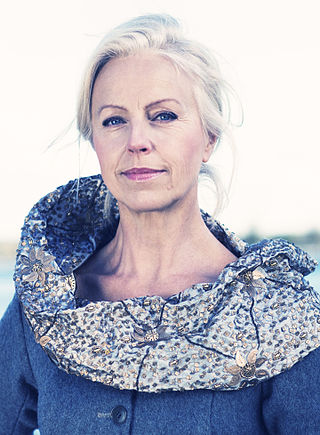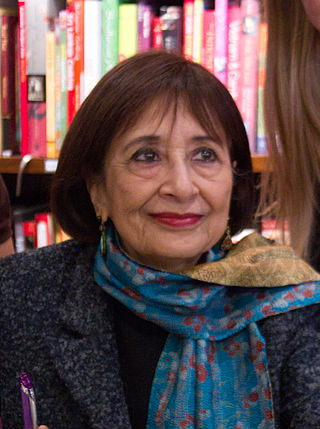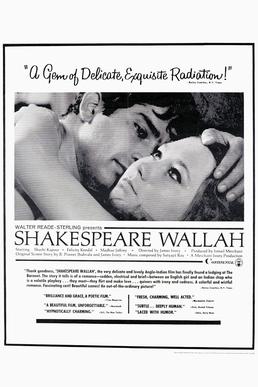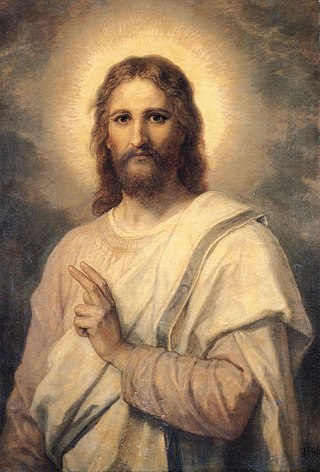
A circus is a company of performers who put on diverse entertainment shows that may include clowns, acrobats, trained animals, trapeze acts, musicians, dancers, hoopers, tightrope walkers, jugglers, magicians, ventriloquists, and unicyclists as well as other object manipulation and stunt-oriented artists. The term circus also describes the performance which has followed various formats through its 250-year modern history. Although not the inventor of the medium, Philip Astley is credited as the father of the modern circus. In 1768, Astley, a skilled equestrian, began performing exhibitions of trick horse riding in an open field called Ha'Penny Hatch on the south side of the Thames River, England. In 1770, he hired acrobats, tightrope walkers, jugglers and a clown to fill in the pauses between the equestrian demonstrations and thus chanced on the format which was later named a "circus". Performances developed significantly over the next fifty years, with large-scale theatrical battle reenactments becoming a significant feature. The traditional format, in which a ringmaster introduces a variety of choreographed acts set to music, developed in the latter part of the 19th century and remained the dominant format until the 1970s.

The Passion Play or Easter pageant is a dramatic presentation depicting the Passion of Jesus Christ: his trial, suffering and death. It is a traditional part of Lent in several Christian denominations, particularly in Catholic tradition.

Baraboo is a city in the Midwest and the county seat of Sauk County, Wisconsin, United States. The largest city in the county, Baraboo is the principal city of the Baraboo Micropolitan Statistical Area. Its 2020 population was 12,556. It is situated on the Baraboo River.

The Oberammergau Passion Play is a passion play that has been performed every 10 years from 1634 to 1674 and each decadal year since 1680 by the inhabitants of the village of Oberammergau, Bavaria, Germany. It was written by Othmar Weis, J A Daisenberger, Otto Huber, Christian Stuckl, Rochus Dedler, Eugen Papst, Marcus Zwink, Ingrid H Shafer, and the inhabitants of Oberammergau, with music by Dedler. Since its first production it has been performed on open-air stages in the village. The text of the play is a composite of four distinct manuscripts dating from the 15th and 16th centuries.

Anne Sofie von Otter is a Swedish mezzo-soprano. Her repertoire encompasses lieder, operas, oratorios and also rock and pop songs.
Ringling Bros. and Barnum & Bailey Clown College trained around 1,400 clowns in the "Ringling style" from its 1968 founding until its 1997 closure.

Madhur Jaffrey CBE is an Indian-British-American actress, food and travel writer, and television personality. She is recognized for bringing Indian cuisine to the western hemisphere with her debut cookbook, An Invitation to Indian Cooking (1973), which was inducted into the James Beard Foundation’s Cookbook Hall of Fame in 2006. She has written over a dozen cookbooks and appeared on several related television programmes, the most notable of which was Madhur Jaffrey's Indian Cookery, which premiered in the UK in 1982. She was the food consultant at the now-closed Dawat, which was considered by many food critics to be among the best Indian restaurants in New York City.

Shakespeare Wallah is a 1965 Merchant Ivory Productions film. The story and screenplay are by Ruth Prawer Jhabvala, about a travelling family theatre troupe of English actors in India, who perform Shakespeare plays in towns across India, amidst a dwindling demand for their work and the rise of Bollywood. Madhur Jaffrey won the Silver Bear for Best Actress at the 15th Berlin International Film Festival for her performance. The music was composed by Satyajit Ray.

Saeed Jaffrey was a British-Indian actor. His career covered film, radio, stage and television roles over six decades and more than 150 British, American, and Indian movies. During the 1980s and 1990s he was considered to be Britain's highest-profile Asian actor, thanks to his leading roles in the movie My Beautiful Laundrette (1985) and television series The Jewel in the Crown (1984), Tandoori Nights (1985–1987) and Little Napoleons (1994). He played an instrumental part in bringing together film makers James Ivory and Ismail Merchant and acted in several of their Merchant Ivory Productions films such as The Guru (1969), Hullabaloo Over Georgie and Bonnie's Pictures (1978), The Courtesans of Bombay (1983) and The Deceivers (1988).

The Circus World Museum is a museum complex in Baraboo, Wisconsin, devoted to circus-related history. The museum features circus artifacts and exhibits and hosts daily live circus performances throughout the summer. It is owned by the Wisconsin Historical Society and operated by the non-profit Circus World Museum Foundation. The museum was the major participant in the Great Circus Parade held from 1963 to 2009.

Timrå IK is a professional Swedish ice hockey team based in Timrå, north of Sundsvall. It competes in the Swedish Hockey League (SHL), which is the top-tier league in Sweden, since being promoted by winning 2021 SHL qualifiers. Previous seasons in the top Swedish division include 1956–57 to 1975–76, 1977–78, 1981–82, 2000–01 to 2012–13 and 2018–19. The team's home venue is NHC Arena with a capacity of 6,000 spectators.

The Norway men's national handball team represents Norway at international handball competitions, and is governed by the Norges Håndballforbund (NHF). As of 2022, Norway has been in 2 finals.

Bello Nock, often known simply as Bello, is an American daredevil clown and circus performer. Nock has been listed in the Guinness Book of World Records for his highwire walk over a cruise ship. He has performed several stunts in New York City, including rappelling off of Madison Square Garden and hanging from a helicopter over the Statue of Liberty. He has been included in a Time magazine list of "America's Best Artists and Entertainers".
Eric Forsberg is an American writer. He wrote and directed the feature film Mega Piranha, as well as the writer of the feature film Snakes on a Train, one of the first mockbusters produced and released by The Asylum. He also wrote the screenplays for 30,000 Leagues Under the Sea and War of the Worlds 2: The Next Wave, also for The Asylum. He directed the film Alien Abduction which aired on Sci Fi Channel, as well as Night of the Dead which aired on Chiller TV. Other writer and director credits include the political thriller Torture Room, and the stoner comedy Sex Pot as well as Monster, Almighty Thor, Arachnoquake, and Age of the Hobbits. He also worked as a Co-Producer and assistant director on numerous films for Christopher Coppola and Alain Silver, including White Nights, Bel Air, and Palmer's Pickup. In his early years Forsberg was an improvisational comedy instructor at The Players Workshop and The Second City Training Center in Chicago.

The Great Circus Parade is a parade of marching bands, circus wagons, clowns, performers, and animals. Between 1963 and 2009, it has been held 30 times in Milwaukee, Wisconsin and a few times in Chicago and Baraboo, Wisconsin. A fundraiser for the Circus World Museum, the parade typically draws hundreds of thousands of attendees. The parade recreates how people in the late 19th century and early 20th century gathered along stops on a circus's route to see whether a circus was worth viewing.
Rolf Forsberg was an American playwright, film and theater director.
The Council of Churches of the City of New York (CCCNY) was established in 1815 as the Brooklyn Church and Mission Society. It is the oldest ecumenical council of churches in the United States. The council represents 1.5 million Protestants, Anglicans and Orthodox Christians. A. R. Bernard is the president of the Council.

The following outline is provided as an overview of and topical guide to Wikipedia articles on the life and influence of Jesus.
The Way of Peace is a 1947 puppet animation film, financed by the Lutheran Church in America, giving a Christian view of life in the Atomic Age. It was directed by Frank Tashlin, produced by Wah Ming Chang, and narration read by Lew Ayres. In 2014, the film was named to the National Film Registry as being deemed "culturally, historically, or aesthetically significant".














